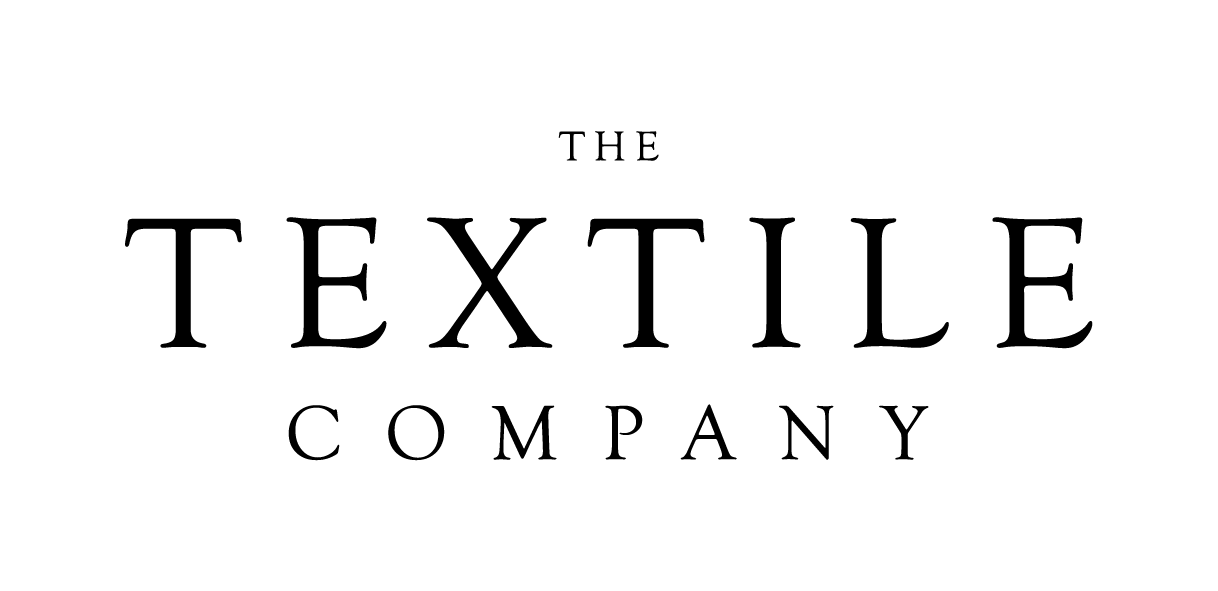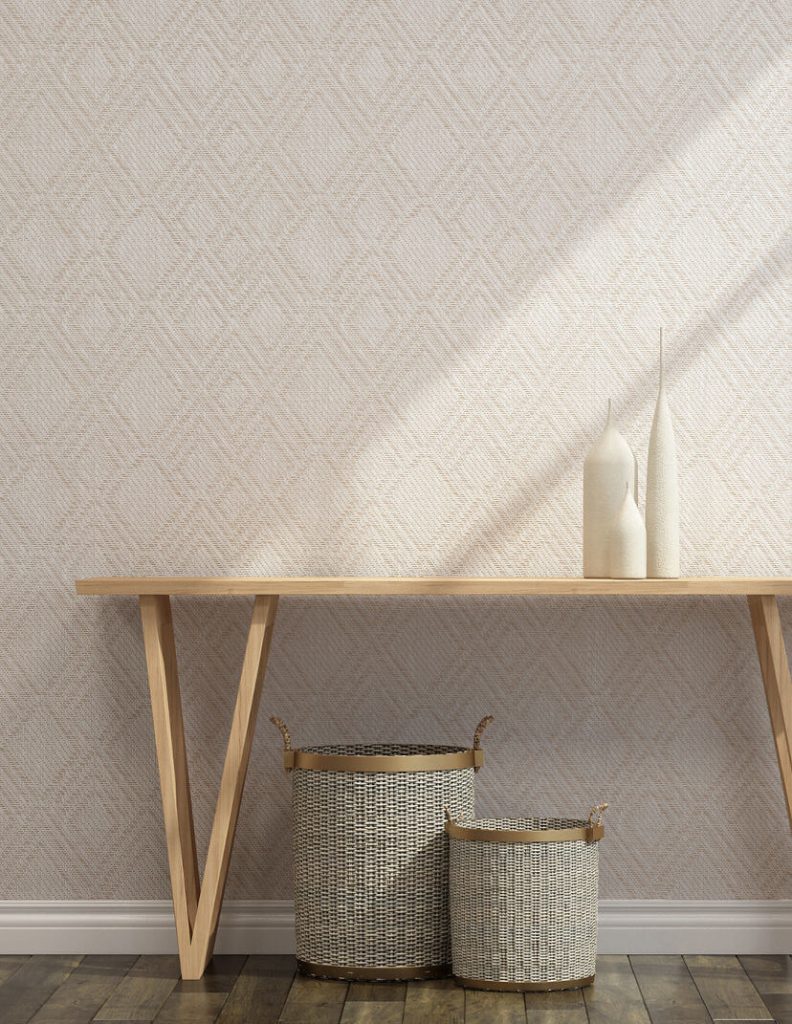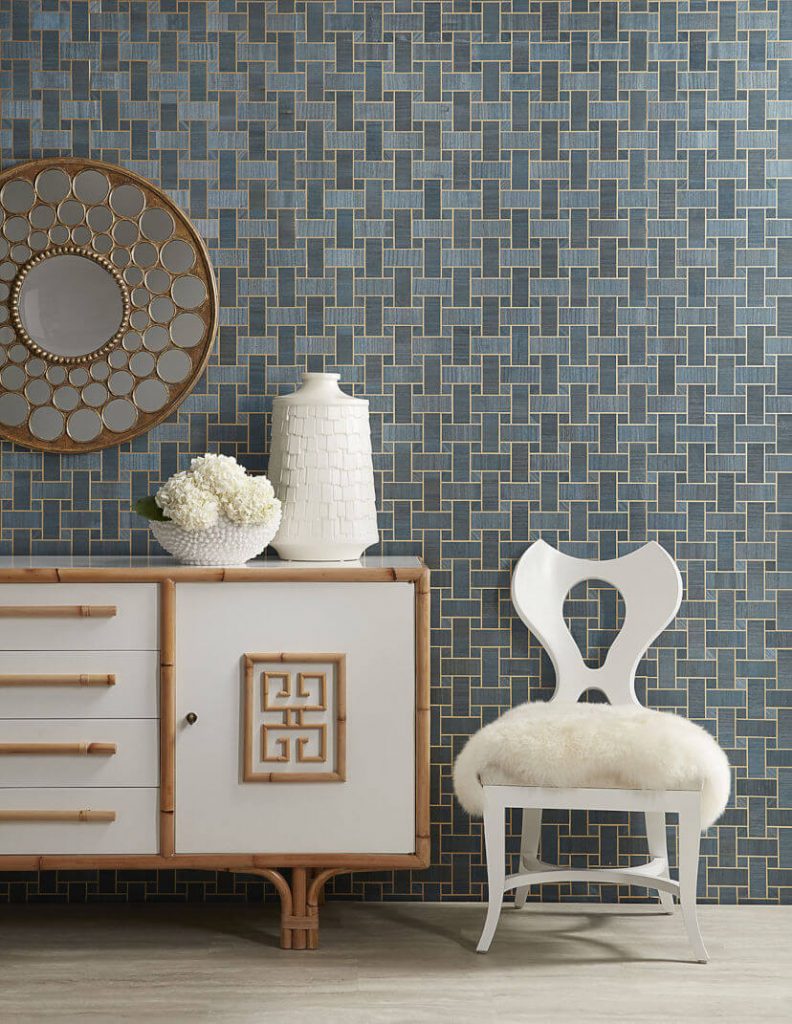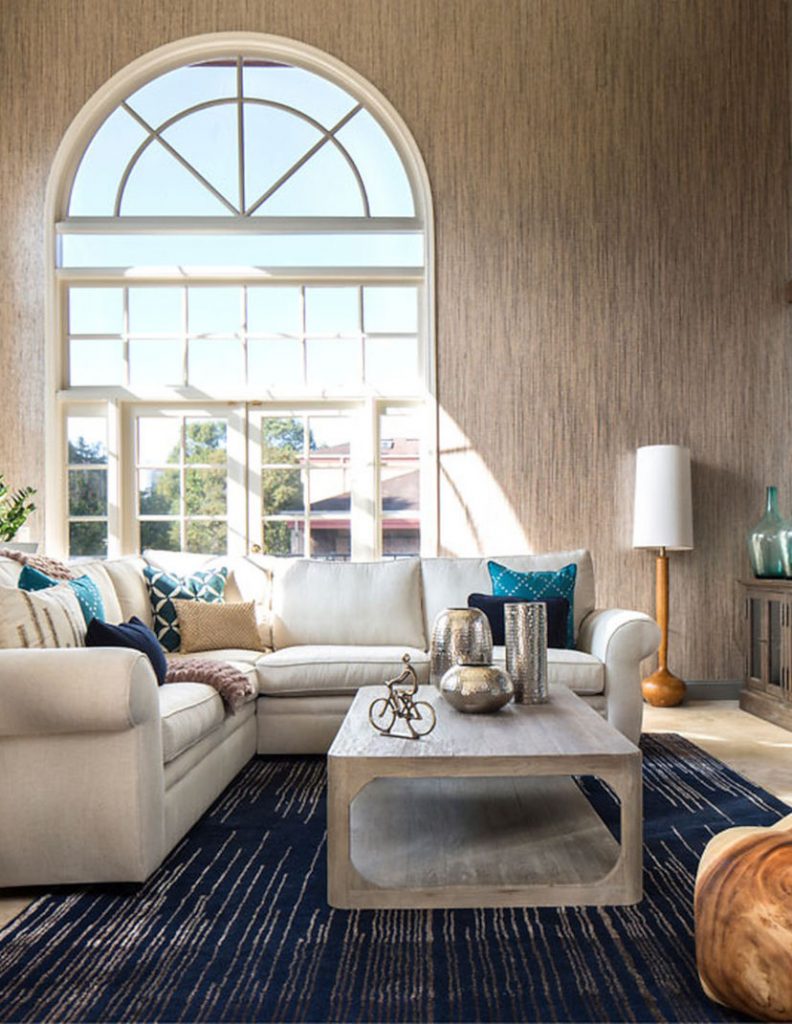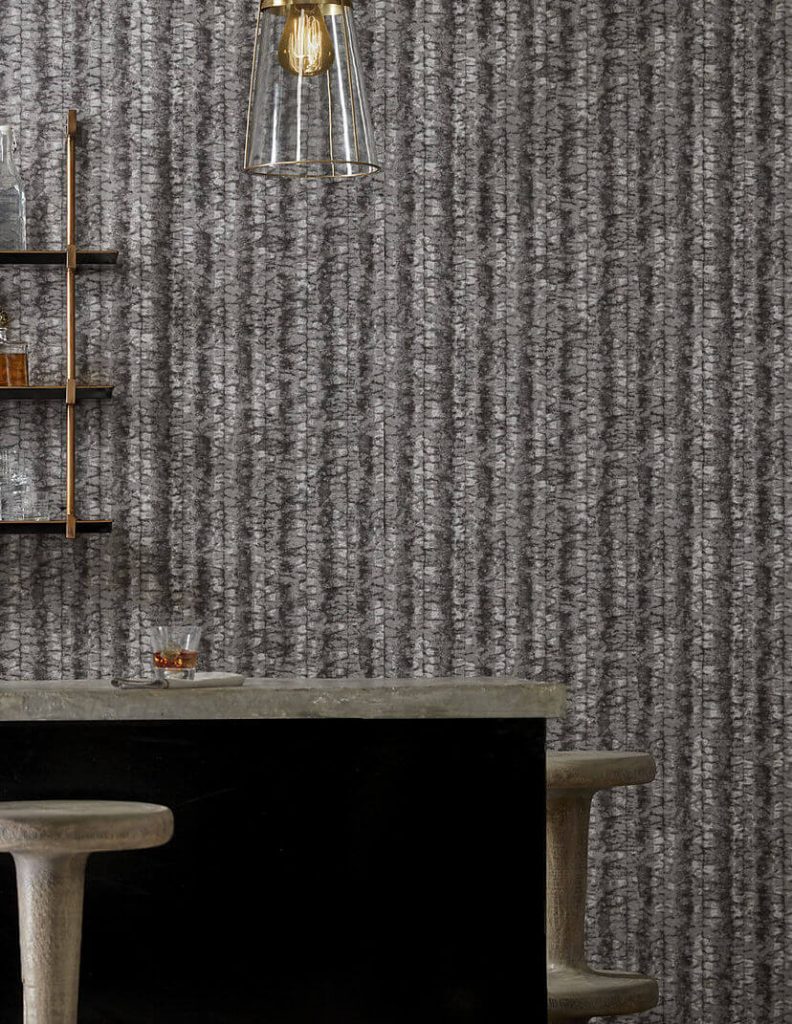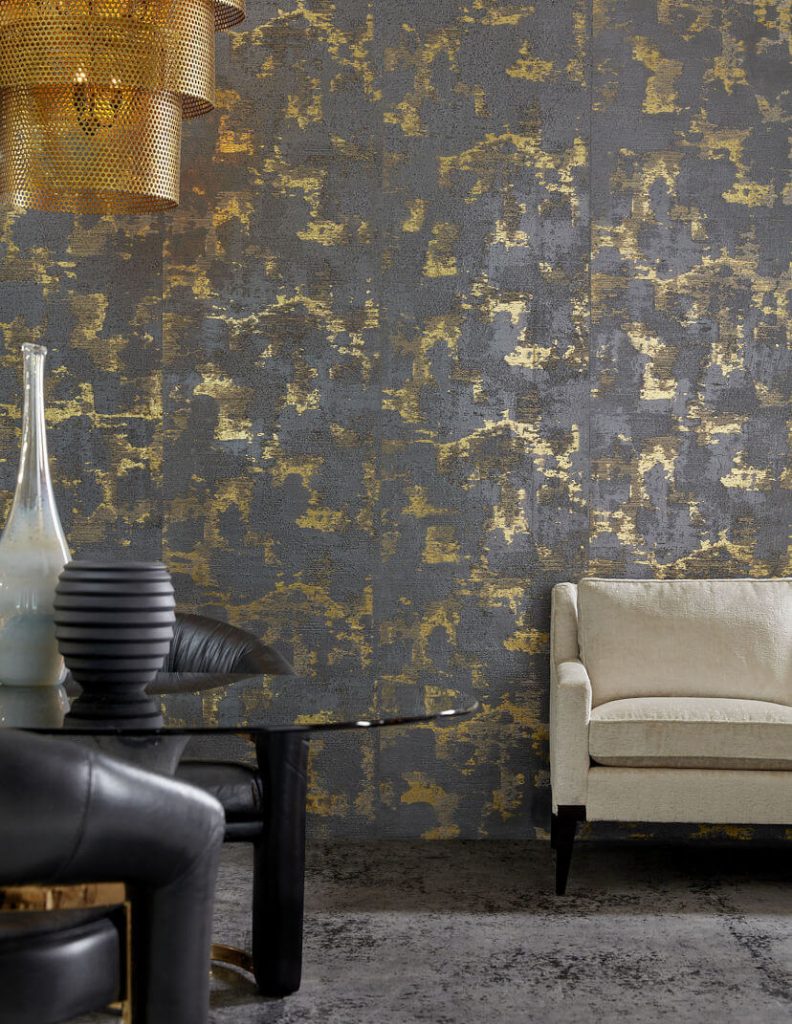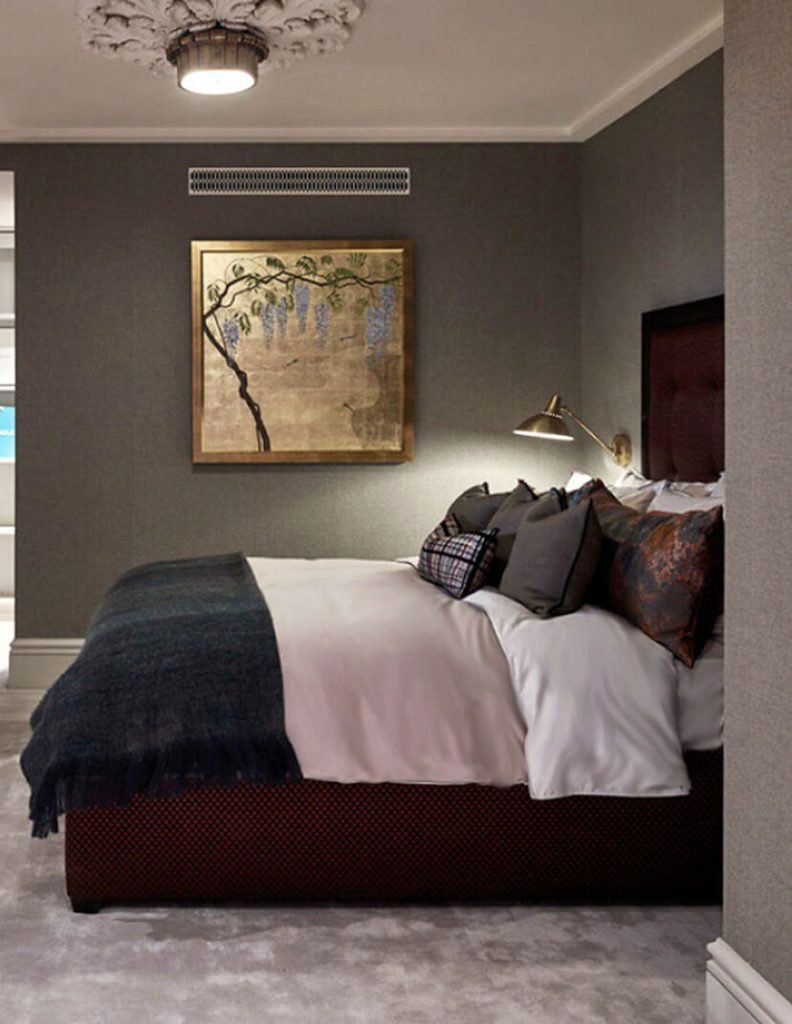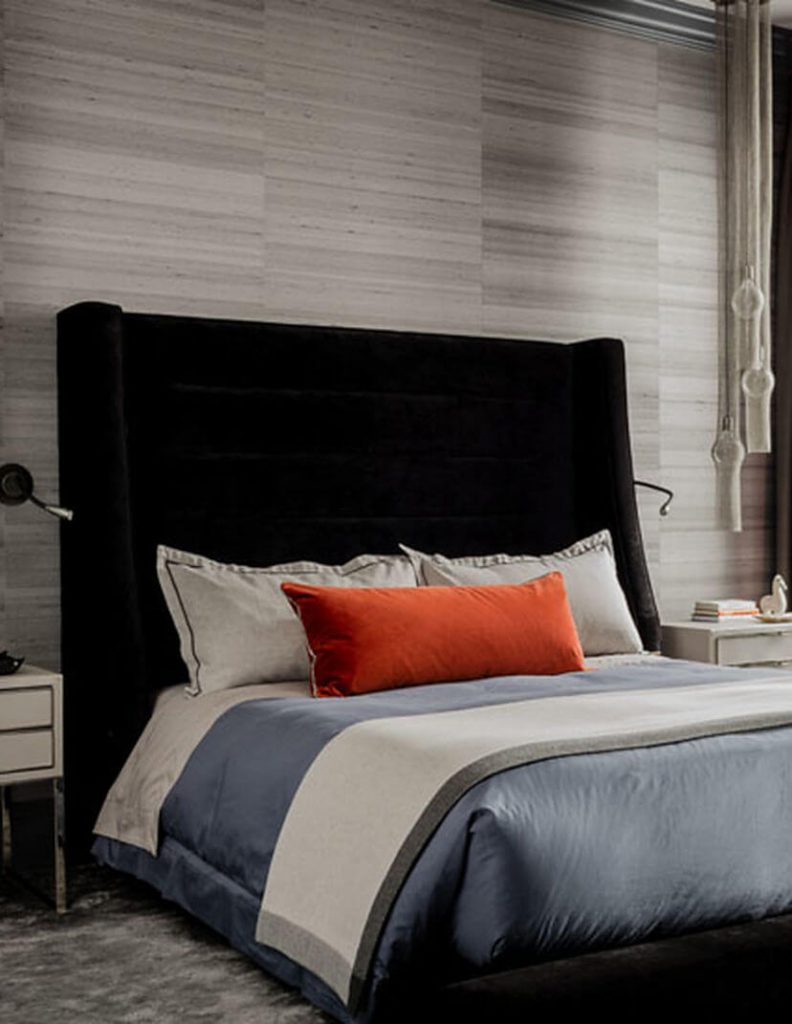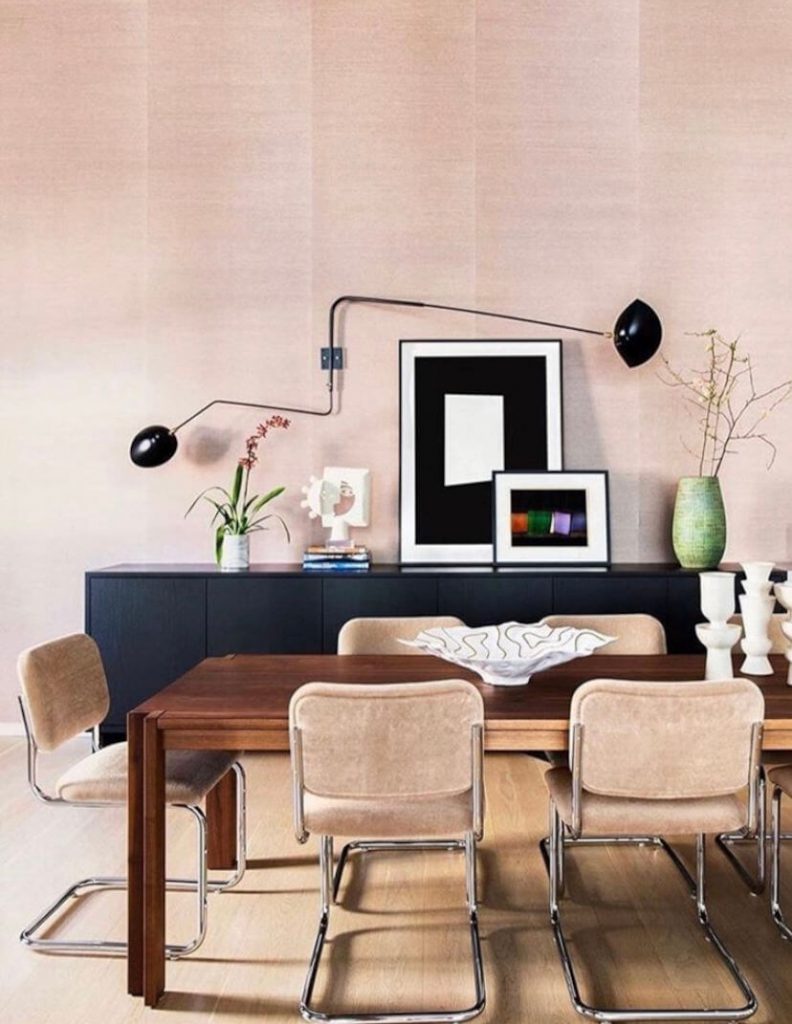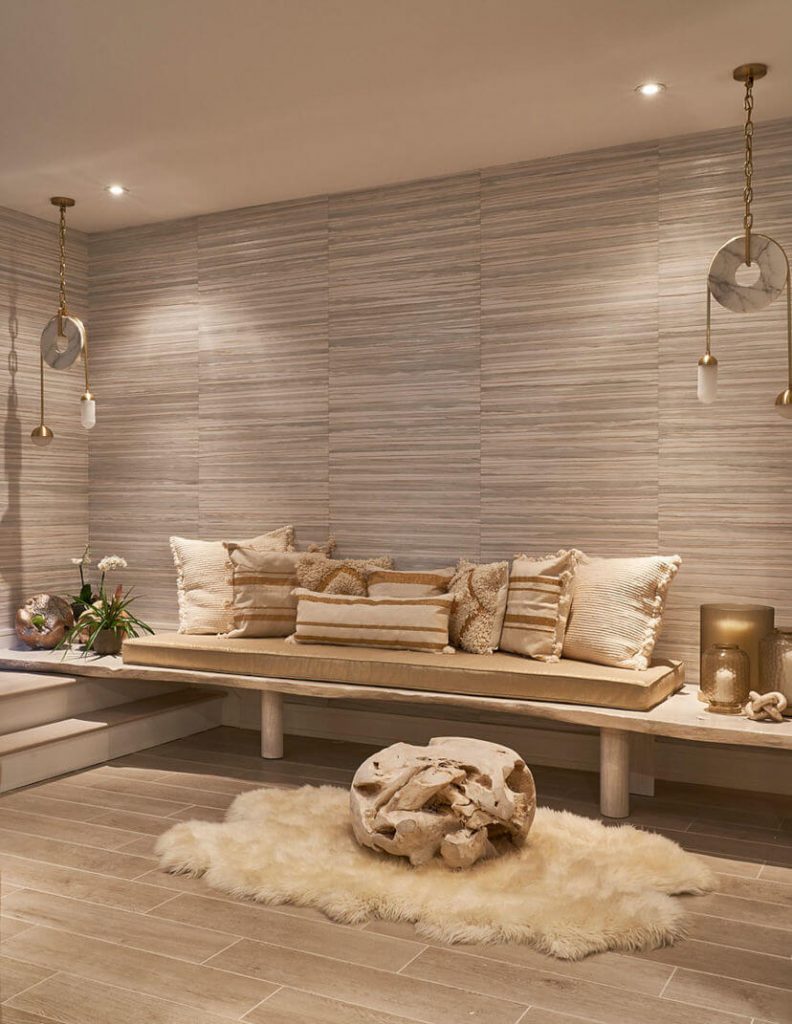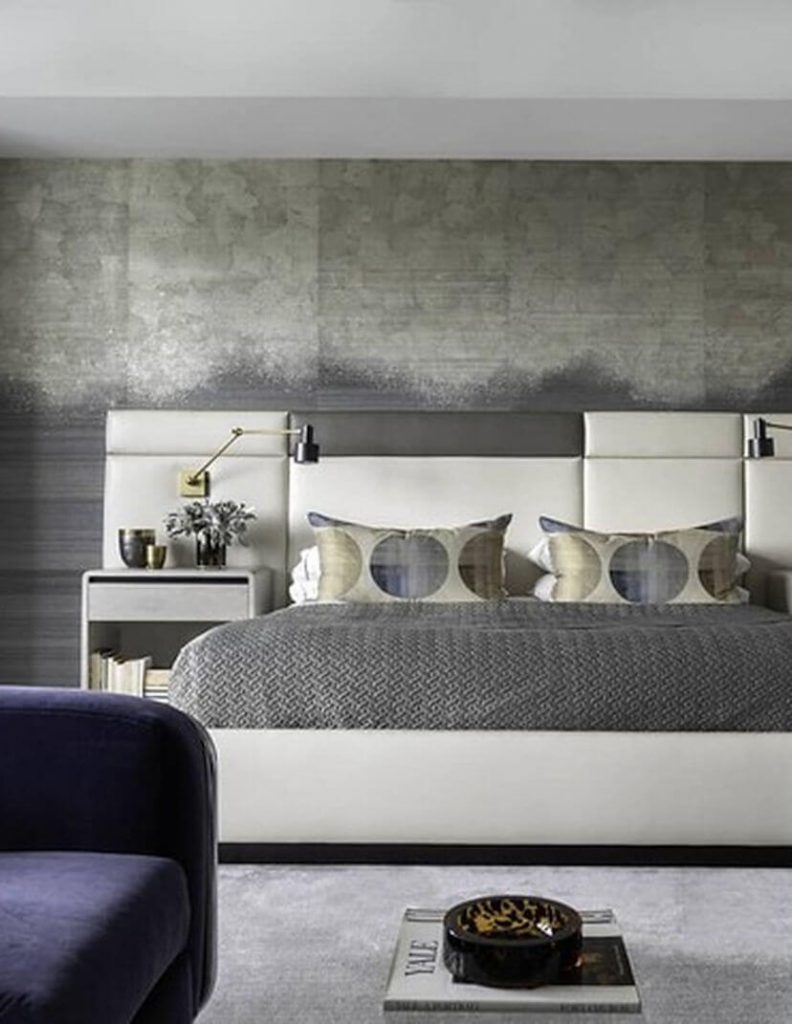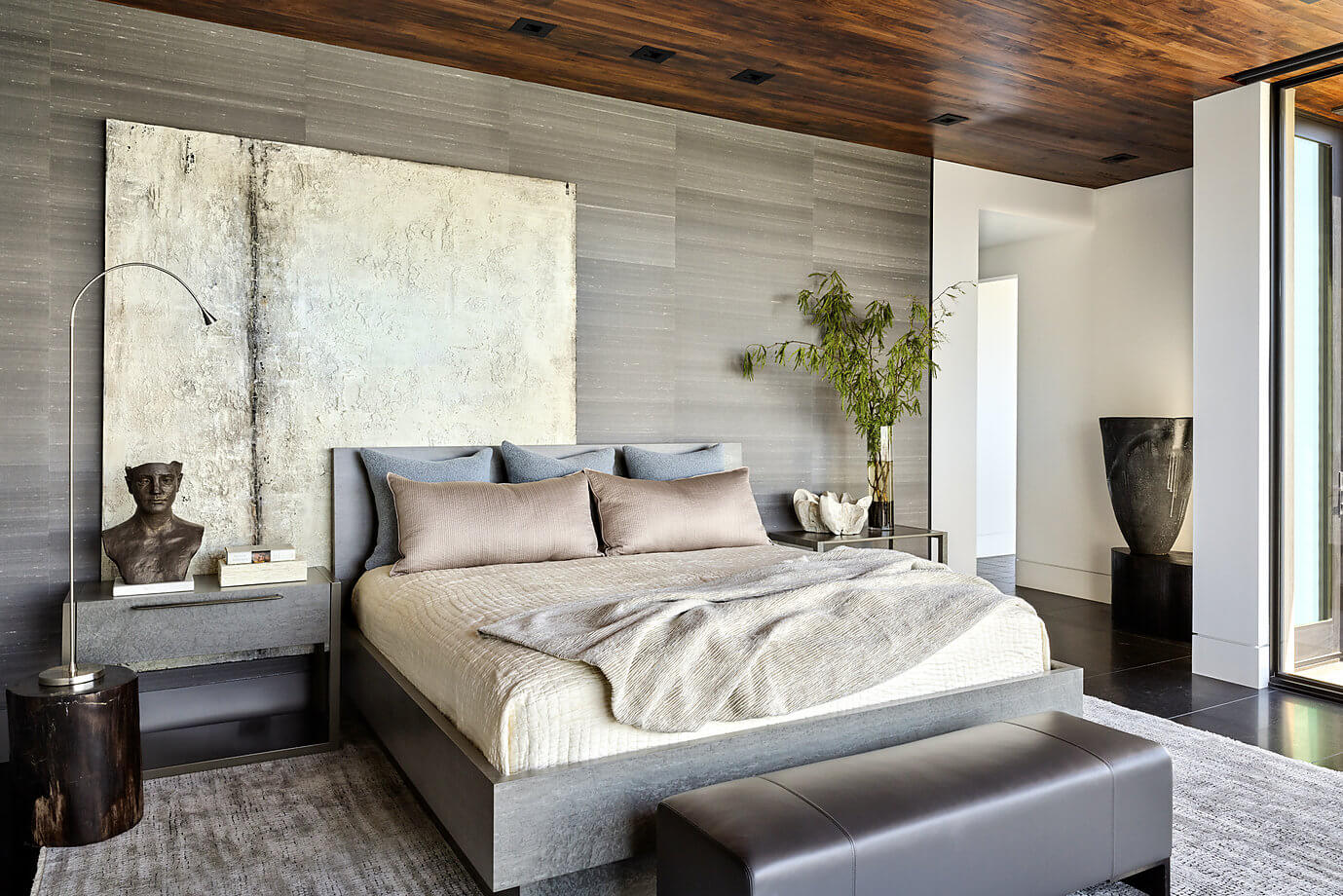
LEARN ABOUT SEAMS AND PANELS IN WALLCOVERINGS
We understand that the appearance of seams is a deciding factor when selecting a wallcovering, and there is nothing worse than a disappointed client. We all work so hard to create beautiful spaces and we want our clients to be thrilled with their investment so to this end, we have created an overview that gives an indication of the final effect of the Phillip Jeffries wallcoverings once professionally installed.
Please take the time to read this article and discuss with us your desired outcome so we can ensure the product specified will meet the client’s expectations.
Phillip Jeffries have divided their collections into 3 seaming categories:
I – Virtually Seamless
II – Subtle Seaming
III – Panels Beautifully
They have indicated some of the factors that contribute to the appearance of seams (see image on left). We also have a seaming chart available here, but it’s important to note that within a collection a colourway can affect the appearance of seams as well. Please discuss your desired outcome with your account manager.
Prints, Digitals, and Mashups.
Lastly, we are going to take a detour and explore the Prints, Digitals, and Mashups. Because PJ can print on such a large array of grounds, the amount of seaming really comes down to each SKU, and the amount of SKUS available in Mashup is essentially INFINITE. While this is great for the client, it makes it harder to assign a seaming value. So, PJ have constructed a few guidelines (see left) that will help you understand what is affecting these variations below, but please discuss with us if you need further clarification.
For more info on how to ensure a great wallcovering install, please read our article here
